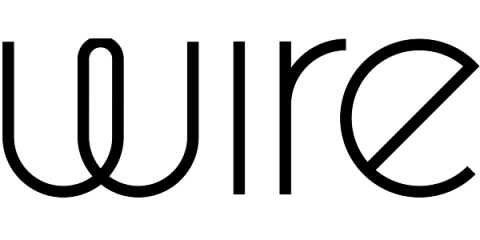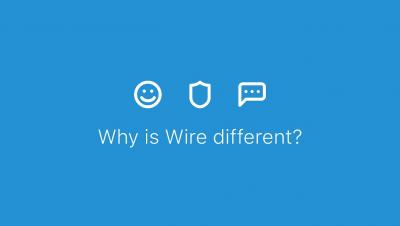Our journey to a secure, privacy-first collaboration platform
Focus on security and privacy has been important for Wire from day one. Over the years we've taken numerous steps to strengthen our technology and sharpen our privacy-by-design approach to our product and business model. This is more relevant than ever with many starting to realize the destructive effects of weak security and lack of privacy on both day-to-day business operations, and our lives as people who trust our most intimate details to various online services.





